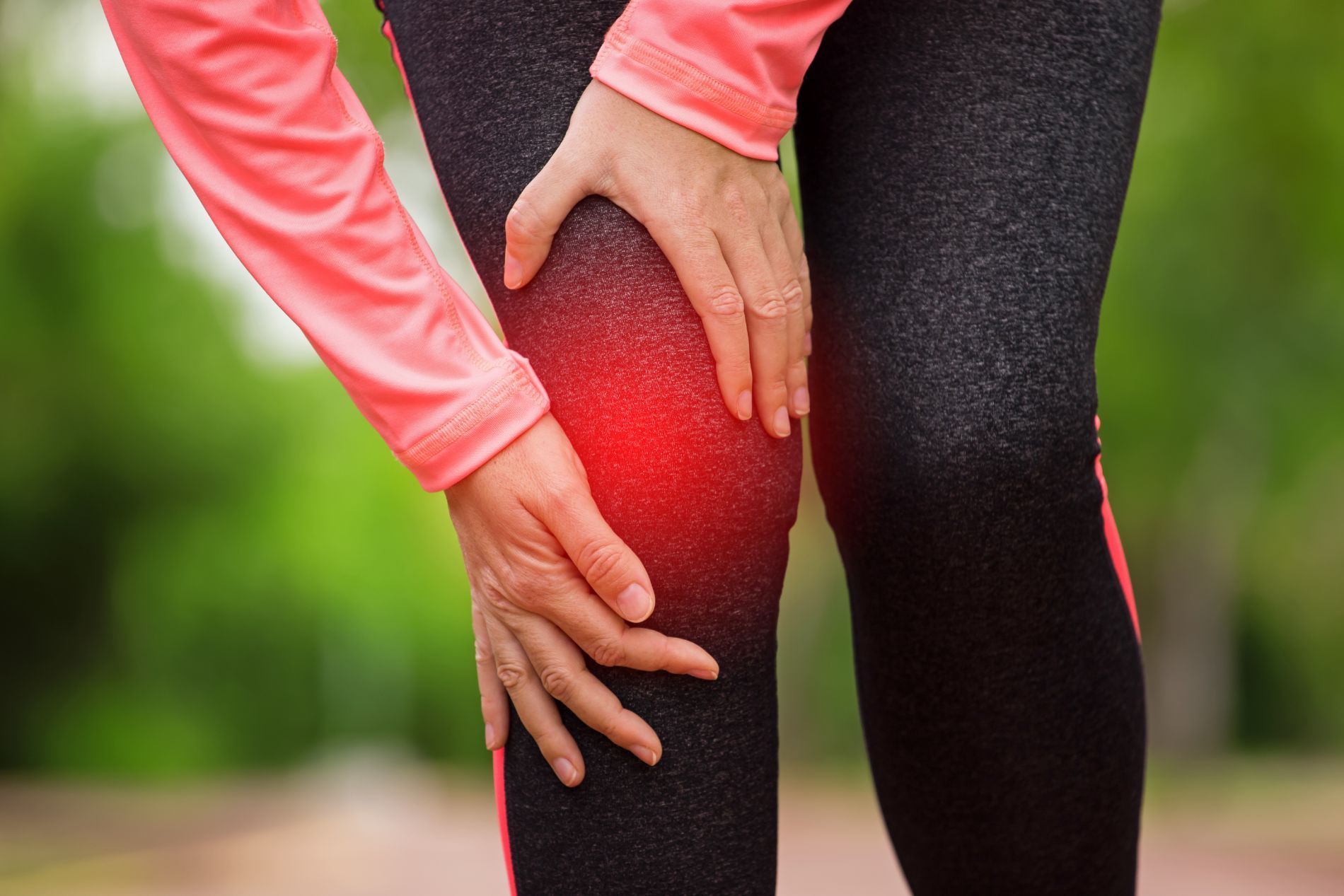Knee Arthroscopy - Meniscectomy & Meniscus Repair in Valencia, CA and Lancaster, CA
If you're having issue with a knee or both knees and require invasive surgery to identify and/or repair the inside of the knee, AVORS Medical Group can help. We offer specialists in knee arthroscopy - meniscectomy & meniscus repair. This procedure allows our medical professionals to work on the knee joint without having to make large cuts in your skin.
Call to find out more about our knee arthroscopy medical services in Valencia, CA (661) 705-5100 or Lancaster, CA (661) 726-5005.
Meniscectomy & Meniscus Repair
Knee arthroscopy will be recommend if you have a painful condition that does not respond to nonsurgical treatment. Knee arthroscopy may relieve painful symptoms of problems that damage the cartilage surfaces and other soft tissues surrounding the joint. Common arthroscopic procedures for the knee include:
- Removal or repair of a torn meniscus
- Reconstruction of a torn anterior cruciate ligament
- Removal of inflamed synovial tissue
- Trimming of damaged articular cartilage
- Removal of loose fragments of bone or cartilage
A meniscus tear is a common knee joint injury. The meniscus is a rubbery, flexible piece of cartilage that provides cushioning between the bones in the knee. Meniscectomy is the surgical removal of all or part of a torn meniscus. In many cases Dr. Antebi & Dr. Sherfey will make their final surgical decisions during surgery, when they can see how strong the meniscus is, where the tear is, the pattern of the tear, and how big the tear is. If a meniscus tear is causing pain or swelling, typically the torn part of the meniscus needs to be removed and the edges surgically shaved to make the remaining meniscus smooth. Your surgeon will try to preserve as much meniscal tissue as possible to prevent long-term degeneration of your knee and allow you to return to full activities.


